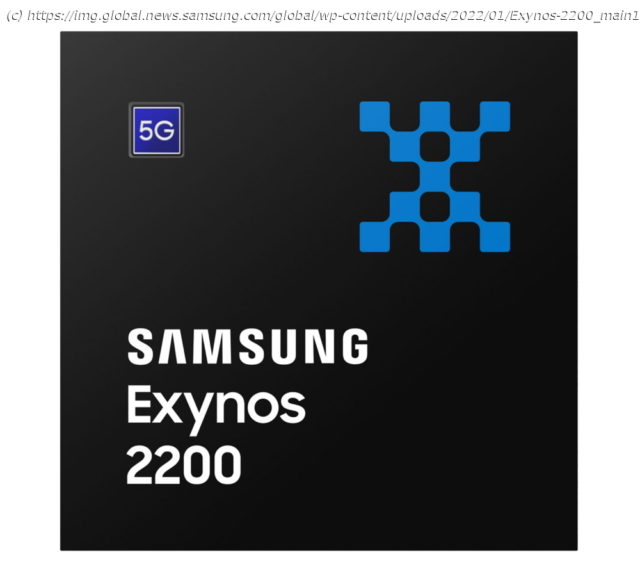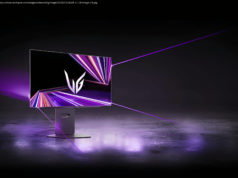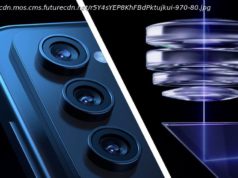The new premium mobile processor comes with hardware-accelerated ray tracing and state of the art Arm-based processing technology
The new premium mobile processor comes with hardware-accelerated ray tracing and state of the art Arm-based processing technology Samsung Electronics, a world leader in advanced semiconductor technology, today announced its new premium mobile processor, the Exynos 2200. The Exynos 2200 is a freshly designed mobile processor with a powerful AMD RDNA 2 architecture based Samsung Xclipse graphics processing unit (GPU). With the most cutting-edge Arm ® -based CPU cores available in the market today and an upgraded neural processing unit (NPU), the Exynos 2200 will enable the ultimate mobile phone gaming experience, as well as enhancing the overall experience in social media apps and photography. “Built on the most advanced 4-nanometer (nm) EUV (extreme ultraviolet lithography) process, and combined with cutting-edge mobile, GPU and NPU technology, Samsung has crafted the Exynos 2200 to provide the finest experience for smartphone users. With the Xclipse, our new mobile GPU built with RDNA 2 graphics technology from the industry leader AMD, the Exynos 2200 will redefine mobile gaming experience, aided by enhanced graphics and AI performance,” said Yongin Park, President of System LSI Business at Samsung Electronics. “As well as bringing the best mobile experience to the users, Samsung will continue its efforts to lead the journey in logic chip innovation.” The Industry’s First Hardware-Accelerated Ray Tracing on Mobile for the Ultimate Gaming Experience The Xclipse GPU is a one-of-a-kind hybrid graphic processor that is positioned between the console and the mobile graphic processor. Xclipse is the combination of ‘X’ that represents Exynos, and the word ‘eclipse’. Like an eclipse, the Xclipse GPU will bring an end to the old era of mobile gaming and mark the start of an exciting new chapter. With the high-performance AMD RDNA 2 architecture as its backbone, the Xclipse inherits advanced graphic features such as hardware accelerated ray tracing (RT) and variable rate shading (VRS) that were previously only available on PCs, laptops and consoles. Ray tracing is a revolutionary technology that closely simulates how light physically behaves in the real world. By calculating the movement and the color characteristic of light rays as they bounce off the surface, ray tracing produces realistic lighting effects for graphically rendered scenes.
Home
United States
USA — IT Samsung Introduces Game Changing Exynos 2200 Processor With Xclipse GPU Powered By...






